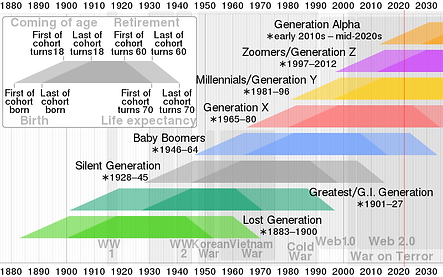

VAULT
Vans Parkour Brand Strategy
ArtCenter College of Design . Product Design 7 . 14 Weeks

Brief
Learn and understand a brand and its key attributes, and why the brand exists. Create a multi-touchpoint design solution based on the finding of market research, macro trends, and brand strategy. Tell a consumer-focused story that pinpoints the major needs and wants of the personas.

.jpg)
Solution
Reevaluate Vans based on the learnings of macro trends, volatile times, and shifting paradigms. Really revitalize Vans as an industry leader in an authentic expression of culture.

Key Business Driver: Target Market Size
Take a look at the number of participants doing Parkour/Freerunning in the US alone. (according to United States Parkour Association)
11 Million
Key Business Driver: Generation Alpha
Generation Alpha will be one of the smallest generations. Parents of this generation are Millenials and are choosing to have fewer children. This generation includes anyone born between 2010 and 2025. They will have the most technology than anyone prior, known for their immersion in the tech world.
Pain Points:
-Physical connections
-Climate change
-Overpopulation
-Identity
-Social anxiety
-Digital activities over physical
activities

Key Business Driver: Market Sector Growth
Growth percentage from 2004-2020 in parkour popularity by search count.

+165.95%
How Might Vans Provide The Parkour Community With Innovative Solutions To Meet Their Needs?



Value Proposition
Vans inspire progression by way of innovation in material technologies and enhance performance through specialized footwear and apparel. We celebrate individualism with expanding perspectives and
empower expression by way of personal style.
Multi-Touchpoint Solution
Vault The Wall Collection
(1) Vans enters the parkour market by designing a shoe that is performance-based for freerunning athletes. This shoe focuses on absorbing high impacts from far jumps and improves the sense of touch so that the user feels more connected to the run.
(2) AR experience that allows the user to see the path and motions of athletes who have freerun any location before. The ability to observe, and learn from others.
(3) An apparel piece that is driven by wearable technology allowing your movements to be tracked by motion capture. This suit allows the user to move freely while recording each micro-movement in the arms and torso.
(4) An application that tracks users' profiles. Including a leaderboard with different users at certain locations where activities have been tracked. Showing the difficulty of paths and how others approached locations that users might go to.






Key Takeaways
-Shoes need to be inspired my something instead of looking just for forms and materials that might
enhance/prevent their ability
-Suit needs to be tight in order to get accurate measurings but can the baggy look still be achieved?
-Glasses need to be able to stay on the head as the top prioity
-App needs a start up screen.














